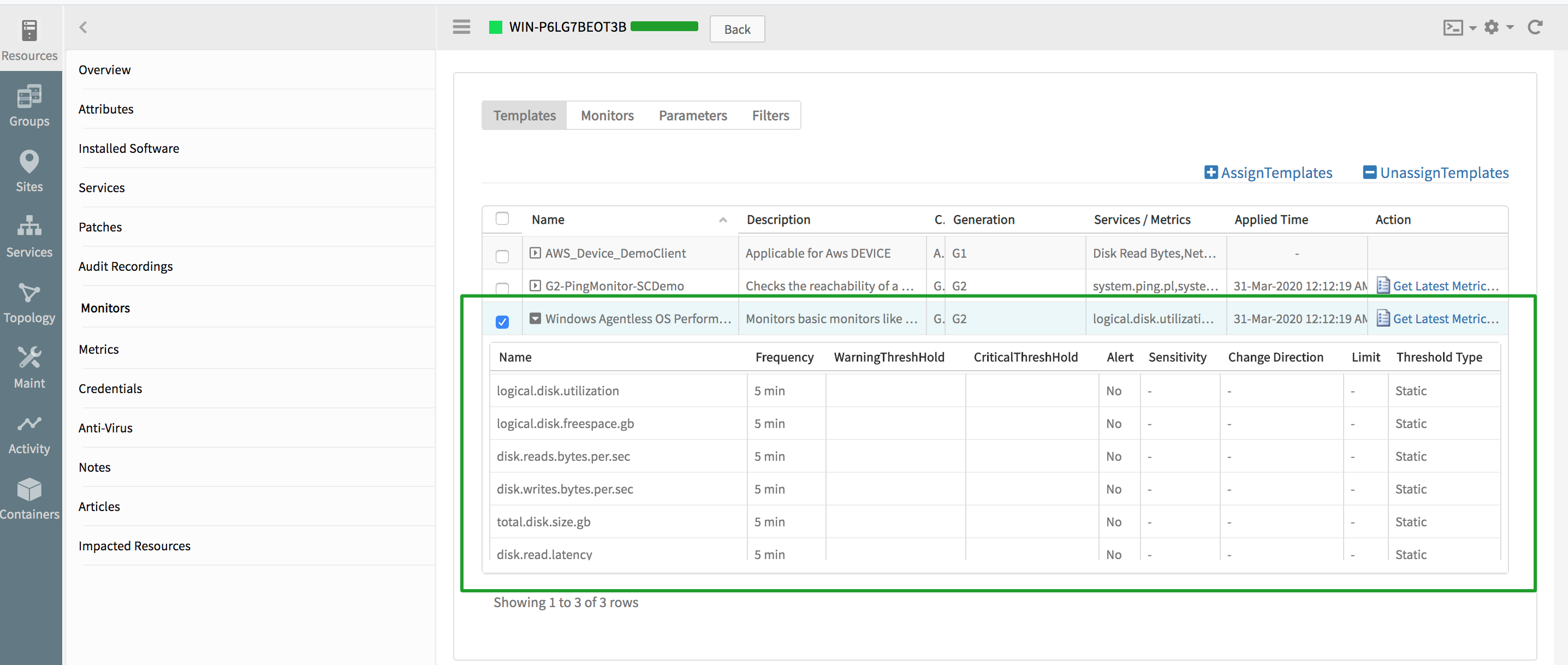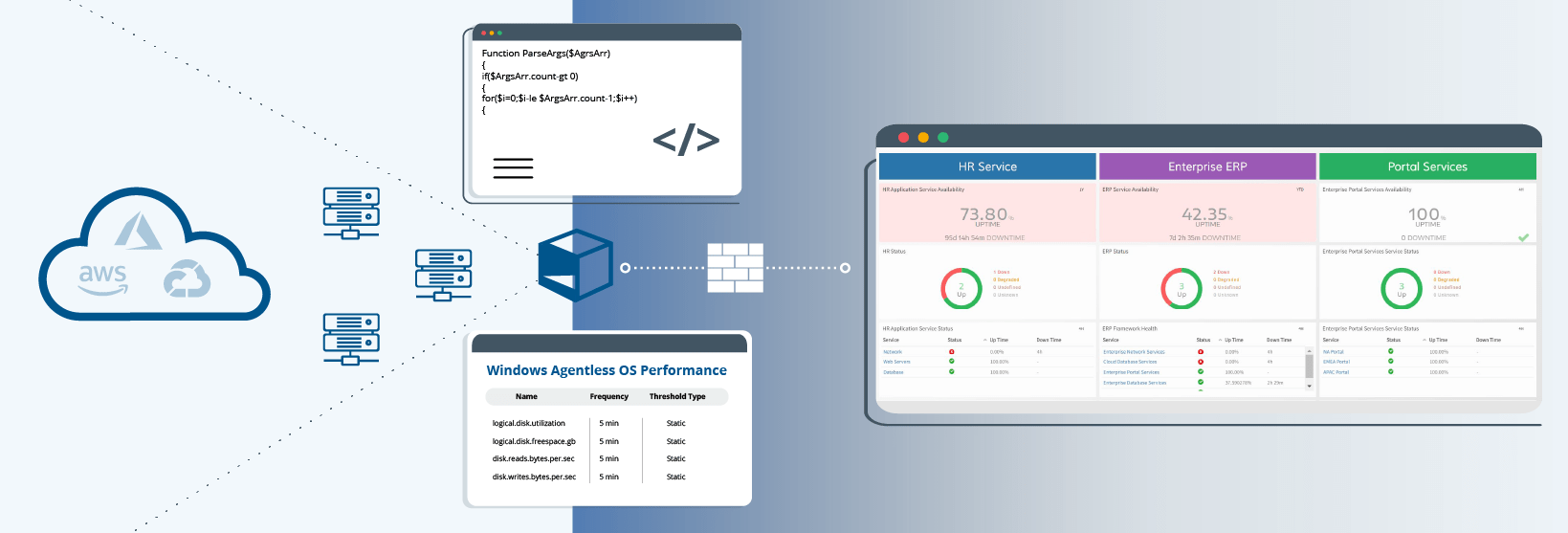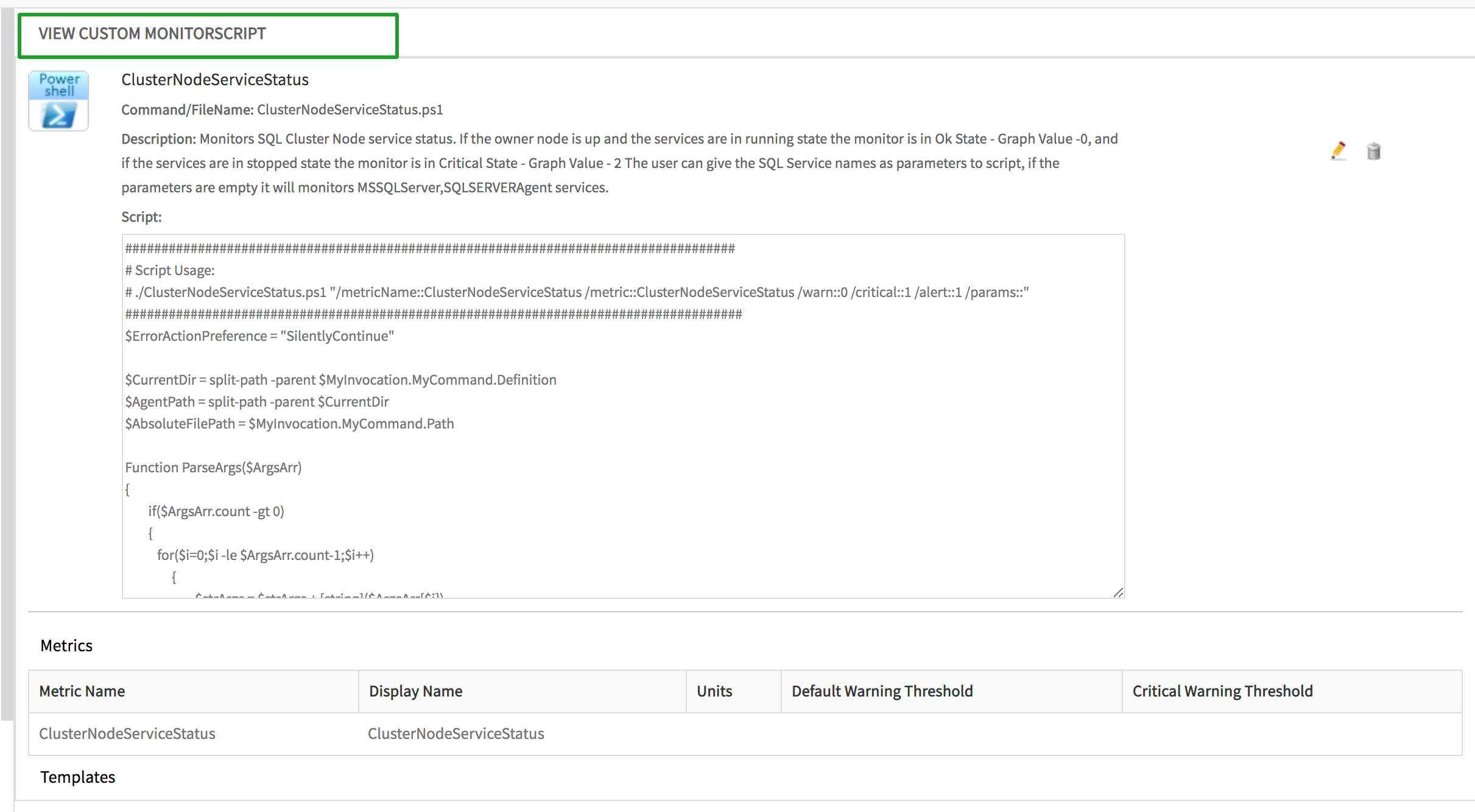In this article:
- Why agentless monitoring is optimal for cloud and hybrid infrastructure monitoring;
- How agentless and customer monitoring works in OpsRamp;
- Which scripting languages you can use to create customer monitors.
In our recent Tech Talk, Agentless Monitoring and Custom Monitors, OpsRamp’s Curt Thorin explained how agentless and custom monitoring are critical for distributed IT operations teams. The Tech Talk also provides an interactive demo of how agentless and custom monitoring capabilities can not only support remote work strategies but also prioritize digital transformation initiatives.
Agentless monitoring lets IT teams track performance insights for hybrid infrastructure without running any services or processes in the background. Though traditional agent-based monitoring can offer richer performance data, IT operations teams might prefer agentless monitoring as it is less intrusive and quicker to deploy. Agentless monitoring uses management servers or proxy agents to understand the availability and performance of IT infrastructure.
Custom monitoring lets technology practitioners choose relevant metrics and work with monitoring data according to their business needs. Enterprise IT services often involve a combination of packaged software, purpose-built applications, and open source infrastructure technologies. IT operators can monitor the performance of such critical IT services with custom monitoring that lets users define specific metrics and get notified on performance issues immediately.
The Business Case for Agentless Monitoring
Agentless monitoring lets enterprises monitor and maintain the health and performance of compute, network, storage, and platform as a service (PaaS) cloud resources. Agentless monitoring is an effective way to manage hybrid cloud infrastructure:
- Monitor the metrics that matter. If IT teams are not looking for advanced features like patch management or remote access, agentless monitoring can be a great fit for dynamic infrastructure monitoring. Agentless monitoring delivers a lightweight monitoring approach that focuses on tracking core metrics for assessing the health and availability of mission-critical services.
- No need to install agents. Agentless monitoring leaves a smaller footprint on IT infrastructure resources and is great for organizations that have stringent approval processes for agent deployment. IT teams also don’t need to worry about upgrading or patching their agents regularly.

Figure 1 - OpsRamp agentless monitoring policy deployed on a resource and associated metrics
Embrace Custom Monitoring for the Right Level of Detail
OpsRamp can capture performance metrics using agent-based or agentless monitoring, integrations, and APIs. Custom monitoring lets IT teams track specific performance metrics that cannot be accessed using existing monitoring templates. Here’s how agentless custom monitoring in OpsRamp works:
- Custom metrics. OpsRamp provides a two-step approach for creating custom metrics. IT operations teams can initially define and create custom metrics with specific parameters and then build and assign a relevant monitoring template for a particular infrastructure resource.
- Scripting languages. IT operators can create custom monitors using Bash, Perl, PowerShell, and Python scripts for managing the performance of their hybrid infrastructure. IT administrators can also define custom executors if they wish to use other scripting languages.
Figure 2 - A Powershell based custom script to monitor MSSQL cluster services
Modern IT teams can leverage native monitors (pre-built instrumentation for managing IT infrastructure) and custom monitors (user-defined instrumentation for specialized workloads) to be more proactive. You can take a quick peek by accessing the webinar slides below or watching the on-demand Tech Talk to learn more about OpsRamp’s agentless and custom monitoring capabilities.






